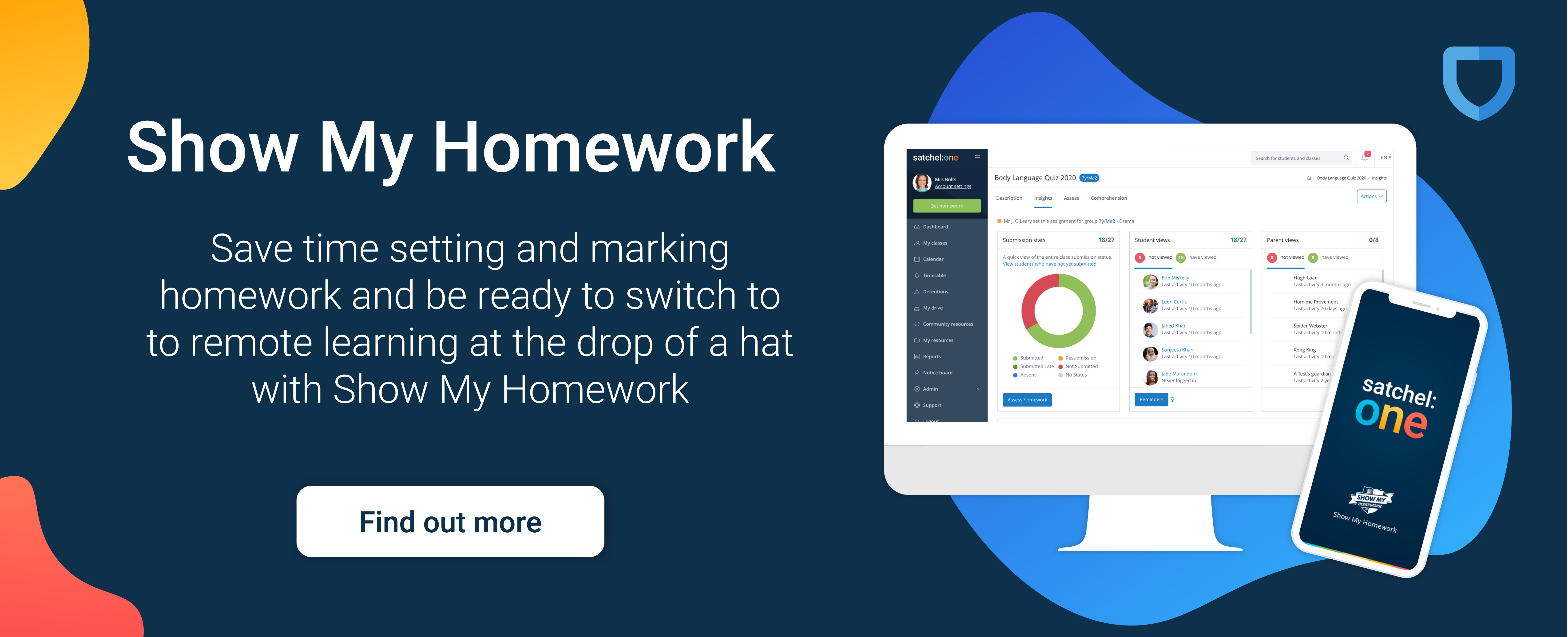Author: Naimish Gohil
Posted: 16 Nov 2020
Estimated time to read: 4 mins
Nowadays, schools rely on edtech. From homework to registration, even seating plans and timetables - technology in school has transformed the way teachers and students interact with the wider school body and their own academia.
With so much constant change in the tech industry, schools want to stay on top of the latest releases and school platforms, keeping their classroom running like well-oiled machines. So updating school software is likely something you’ll have to navigate sooner or later.
When looking into new technology, whatever its use case, having a firm plan in place is important. From the purchase all the way through to installing the product, make sure you know what to look out for and what to do when changing your school software.
Early in the purchasing process, you should decide how your roll-out is going to look. Generally a planning framework should look something like this:
Discuss a use case
Look at the problem you’re trying to solve and the software that you are looking to implement in order to tackle it. Ask these questions of the scenario, such as:
- Is the product replacing existing tech, or will it be adding new features?
- What does the product need to do to improve on the existing software?
- What will be the expected outcomes?
- What can possibly go wrong? How do we avoid this?

Purchasing decision
The purchasing decision will likely fall to SLT members and budget controllers, but if the software is going to primarily affect the daily lives of classroom teachers - they should be consulted on the matter too.
- Make sure that everyone who will be affected by the new software has a say in choosing it
- Use the experience the supplier has in rolling-out to other schools to aid your planning
- Set Key Performance Indicators (KPIs) for the technology so you can track how effective it actually is
Training
Training packages vary depending on which software provider you choose and how complex or large the software you are installing is. Reputable companies should give you full training and technical support with your product to help you get the most out of your software.
- Training should be concise, informative and practical, covering all areas of functionality and tackling any questions or issues with the product
- Training needs to sell the product to less enthused members of staff. Show them the benefits or they probably won’t use it!
- Consider the extent of which different user groups need training (i.e. parents & students may only need an explanatory letter or video rather than a practical session)
- Make sure that clear objectives are set for the end of the training session (e.g. staff should be logged into the new system and confident using the most basic functions)
- If the technology is being used widely across the school, consider assigning ‘champions’ or product ambassadors in each department to help pass on their knowledge
- If possible, try to train every user group simultaneously to get the same standard of fluency throughout school

Roll-out
A successful roll-out will introduce the product to the daily lives of all the users. Sometimes there’s a short teething period at the beginning of roll-out that consists of forgotten passwords and misused features - but this should pass and your school will be using your new software in no time.
- Roll-out should begin as soon as possible after training in order to maintain momentum and allow users to solidify their knowledge through practical use of the product
- Set a firm date and stick to it
- Roll-out should happen simultaneously with as many users as possible, ideally, every user - consistency is key
- Avoid duplication of processes - at the point that the new technology is implemented, the old technology should be made redundant.
N.B If you’re not confident enough in the product to take the final two points, the software probably isn’t right for your school.
Ongoing Maintenance
School software is constantly being updated and improved. Keep on top of new features or report faulty functionality directly to the supplier. They should be able to provide maintenance on a whole platform level and to your school in particular, should a problem arise.
- Make sure that users know how to contact your supplier for support if they need help or if something goes wrong.
- Keep your software up to date. This will ensure that your tech is secure (especially important for software that uses childrens data) and that it continues running smoothly without any bugs or glitches
- Keep your product knowledge up to date in order to help less capable users
Reflection
- Take a look back at the KPIs you set in the ‘Purchasing decision’ section. Did you achieve what you wanted to achieve? If not, why not? What more needed to happen for them to be achieved?
- Is the product still the best solution for your school? Has a different product been released that does a better job? Has the product been changed and no longer fits the criteria you need it to?
- The timespan of your plan will depend on your school’s circumstances and the complexity of the technology. However, moving decisively instills confidence in your user base, and ensures that people don’t forget how to use the product before they’ve had a chance to use it properly.
Remember - having a firm plan in place, answering questions before they arise, and sticking to the dates you’ve set out can help a school implement new technology fully and successfully.


